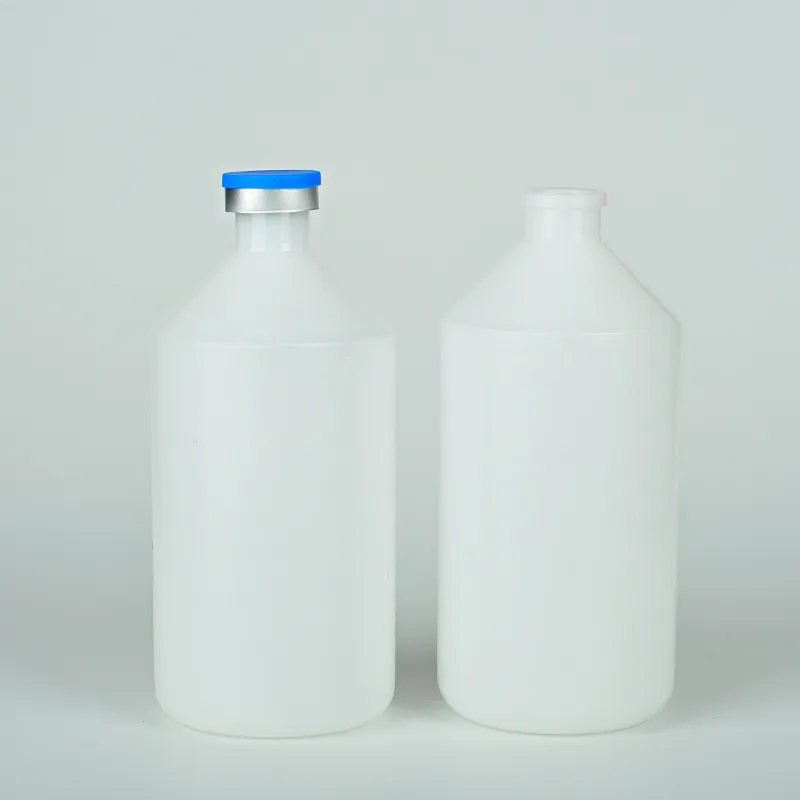Essential Supplies for Phlebotomy Laboratories and Best Practices for Efficient Blood Collection Techniques
The Importance of Phlebotomy Lab Supplies in Healthcare
Phlebotomy, the practice of drawing blood for diagnostic testing, transfusions, or donations, plays a vital role in the healthcare system. The accuracy and safety of this process heavily depend on the quality of phlebotomy lab supplies. In this article, we will explore the essential supplies required for phlebotomy, their significance, and the impact they have on patient care.
Essential Phlebotomy Supplies
1. Needles The core of phlebotomy supplies is the needle. Various gauges and types are available, suited for different patients and procedures. A smaller gauge needle (e.g., 23-gauge) is often used for children or those with small veins, while larger gauge needles (e.g., 18-gauge) might be employed for adults or in cases where larger volumes of blood are needed. Choosing the correct needle is crucial not only for patient comfort but also for ensuring a smooth draw.
2. Vacutainers These are sealed tubes that collect blood samples. They come in various types, with additives that prevent clotting or preserve the sample for specific tests. For instance, EDTA tubes are used for blood counts, while serum separator tubes are ideal for tests requiring serum analysis. The use of the appropriate vacutainer ensures the integrity of the sample, which is fundamental for accurate test results.
3. Tourniquets Implementing a tourniquet makes veins more prominent, allowing for easier access. Tourniquets should be comfortable, easy to apply, and safe to use. They should not be left on for too long as it can affect the composition of the blood drawn, leading to inaccurate results.
4. Alcohol Swabs and Antiseptics Maintaining a sterile environment is vital in phlebotomy. Alcohol swabs are used to disinfect the skin before the needle insertion, thereby reducing the risk of infections. Healthcare providers must adhere to strict protocols for skin preparation to ensure patient safety.
phlebotomy lab supplies

5. Gauze and Bandages After collecting the sample, immediate care is essential. Gauze pads are used to apply pressure at the puncture site, reducing bleeding. Following this, a bandage is applied to protect the area. Providing proper aftercare helps in minimizing complications and enhances patient comfort.
6. Sharps Containers Safety is paramount in phlebotomy. Used needles and other sharp instruments must be disposed of properly to prevent needle-stick injuries and the spread of infections. Having accessible and clearly labeled sharps containers is essential for any phlebotomy setting.
The Impact on Patient Care
The availability and quality of phlebotomy lab supplies directly affect patient care. Insufficient or poor-quality supplies can lead to complications, including hematomas, infections, or inadequate sample collection. Ensuring that phlebotomists have access to appropriate tools enhances their ability to perform their tasks safely and efficiently.
Furthermore, education and training regarding the proper use of these supplies are crucial. Phlebotomists must be well-versed in the latest techniques and standards to ensure optimal outcomes. Regularly updated training ensures compliance with safety regulations and encourages best practices.
Conclusion
In conclusion, phlebotomy lab supplies are the backbone of blood collection procedures in healthcare. From the selection of needles to the disposal of sharps, every aspect matters. By investing in quality supplies and ensuring that healthcare professionals are trained to use them correctly, we can enhance patient safety and improve diagnostic accuracy. Ultimately, the goal of phlebotomy is to facilitate better health outcomes, and this begins with the fundamental supplies that support this essential practice.
-
White Plastic Veterinary Vaccine Vials | Lab Liquid BottlesNewsAug.18,2025
-
Plastic Medicine Liquid Bottle: Secure Flip Top Drug VialsNewsAug.17,2025
-
Durable 250ml Blue Plastic Vaccine Vial for Lab & Vet UseNewsAug.16,2025
-
Sterile Virus Sample Tubes: Secure & Reliable Specimen CollectionNewsAug.15,2025
-
White 250ml Plastic Vaccine Vial for Lab & Vet MedicineNewsAug.14,2025
-
Premium Clear Plastic Vaccine Vials for Lab & Vet MedicineNewsAug.13,2025
























